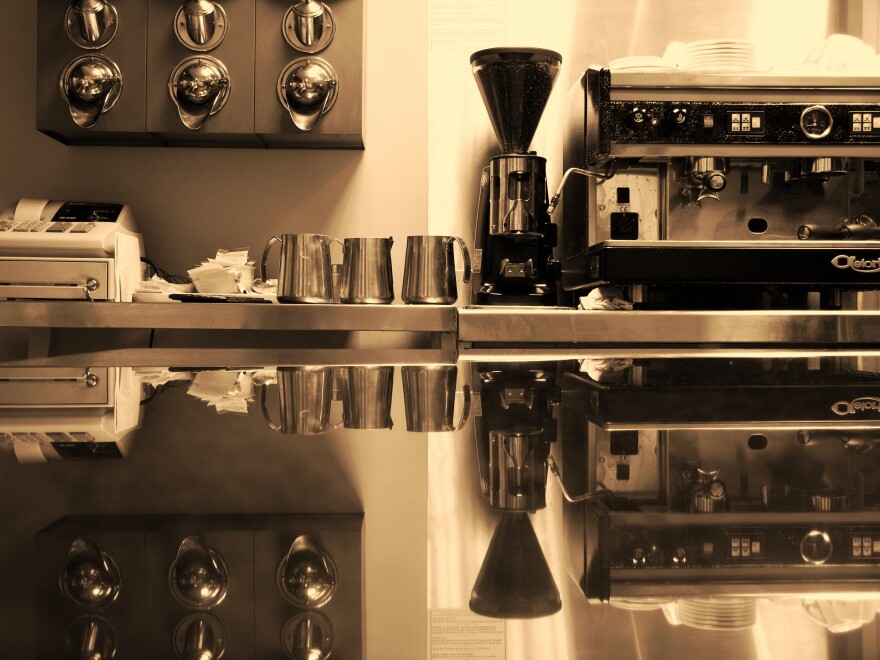Anyone who has ventured into a third wave coffee shop like Stone Creek or Colectivo, can tell you: There’s a million ways to brew a cup of coffee. There’s the french press, the moka pot, those ever-popular pour overs - the list goes on and on.
"It's kind of a running joke we have in the industry. At least once a week we're seeing something new pop up," says Stephen Schulman, an independent coffee consultant and licensed Q Grader, who has been working in the coffee business for more than three decades.
But what really makes each style so different? Does coffee brewed with a Chemex or Hario really taste all that different from your average drip brew machine? The short answer is yes, it does.
While Schulman admits that in a blind taste test, he couldn't tell you how a coffee was brewed; he says that a barista brewing the same kind of coffee three different ways will bring you three distinctly different tasting coffees.
Hand poured coffee has become increasingly popular, with a number of different methods at the forefront of this movement. According to Schulman, the flavors brought out in a hand pour are affected by the shape of the brewers, which are either cone shaped or flat-bottomed. "But the truly biggest is going to be the filter and the filter paper, the quality of it, the porosity of it."
If you're someone trying to make the best possible cup of coffee using a more traditional drip brewer, Schulman has some advice. He says the most important thing is the quality of the coffee beans, and says that buying a pot that heats up to 200 degrees will greatly enhance the flavor.
He also cautions against a popular belief that fresh ground coffee is ideal for drip brews. "Here's the problem with grinding fresh coffee: when you grind fresh coffee, it actually gives off CO2 gas. And when you grind it fresh, fresh, fresh and drop it into the Mr. Coffee and brew, that gas kind of works as a force field," says Schulman. "It really inhibits absorption of water, and extraction of coffee. You're kind of leaving something behind."
Schulman suggests letting ground coffee sit for at least 20 minutes, and should be used within 24 hours (48, tops).
*Originally aired August 2016






